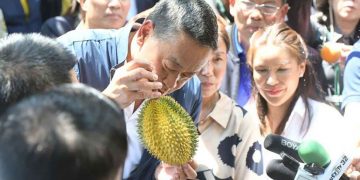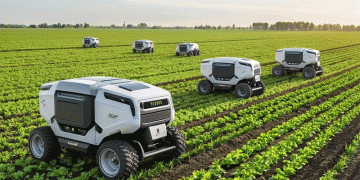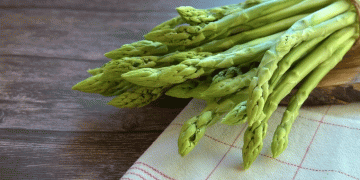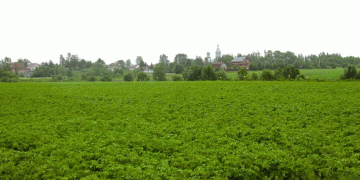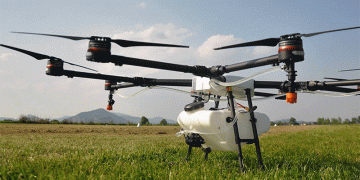In response, Thailand’s Ministry of Agriculture and Cooperatives has directed relevant agencies to assist durian growers in preserving their crops. The initiative comes as exports to China, a key market, fall due to reduced harvests caused by unfavorable weather conditions.
The article provides insight into the current challenges facing durian farmers in Thailand and highlights the government’s efforts to mitigate the effects of drought and offer assistance to affected farming communities.
A recent directive from Thailand’s Ministry of Agriculture and Cooperatives highlights the serious situation facing durian farmers in the country’s eastern regions. With reports of unharvested durians dying prematurely due to scorching temperatures, farmers are facing reduced yields and increased irrigation costs.
Authorities have instructed the Royal Irrigation Department to provide water to durian farms, and agricultural agencies have been tasked with disseminating advisories to combat dry weather conditions. Rapibhat Chandarasrivongs, head of Thailand’s agriculture department, called on agricultural departments in affected areas to assess drought-related damage and provide emergency preparedness instructions to residents.
Meanwhile, the impact of adverse weather conditions goes beyond domestic issues and is affecting durian exports from Thailand, especially to China, one of the largest importers of Thai durians. Falling harvests have led to a decline in exports, raising concerns among exporters about market stability and future trade prospects.
According to the latest reports, Thailand exported 48,000 tons of durians through the Yuyiguan border gate to China in the first quarter of 2024, with Vietnam accounting for 35,000 tons and Thailand 13,000 tons. Despite Thailand’s dominant position as a durian supplier to China, current climate challenges pose risks to its market share.
In 2023, China imported 1.42 million tons of fresh durians, of which Thailand supplied 928,644 tons (65.19%), followed by Vietnam with 492,111 tons (34.55%) and the Philippines with 3,770 tons (0.26%). %). However, ongoing drought and heat threaten to disrupt these trade dynamics, requiring concerted efforts to maintain durian production and trade sustainability.
The plight of durian farmers in Thailand amid prolonged drought and extreme heat highlights the vulnerability of agricultural livelihoods to climate change. As authorities mobilize support and implement mitigation measures, collaboration between government agencies, farmers and stakeholders becomes critical to sustainably addressing these challenges. Addressing the immediate impacts of drought and investing in long-term resilience strategies will be essential to protecting the future of durian farming and ensuring food security in the region.
